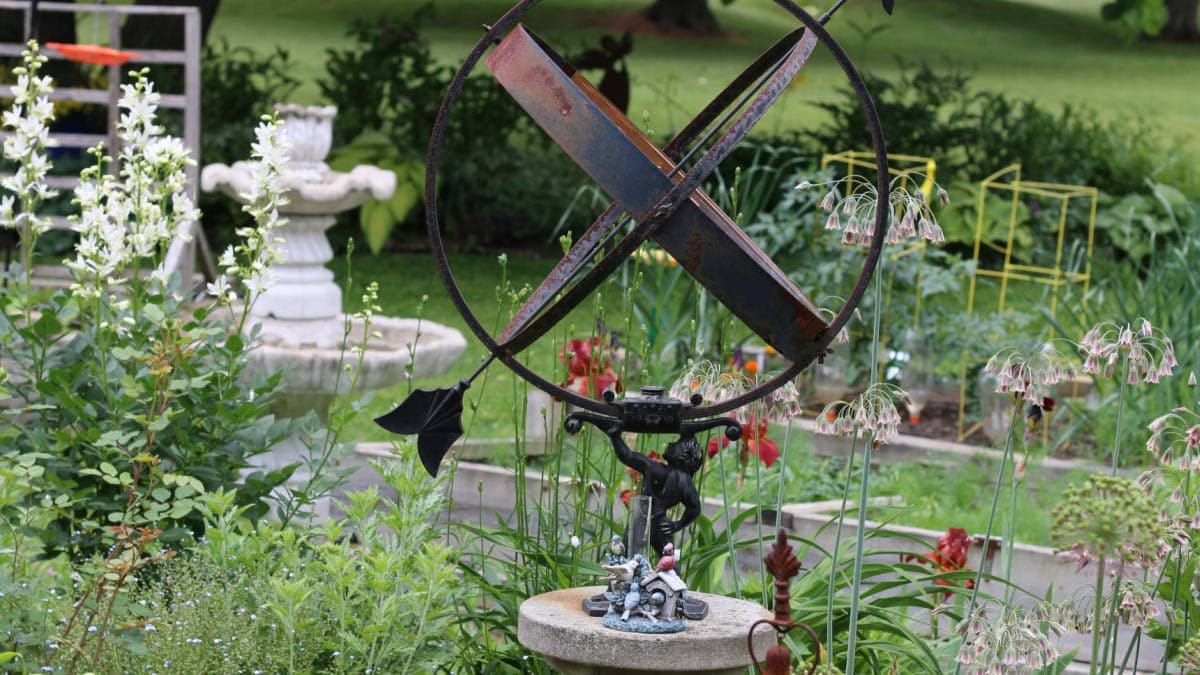Stone walls are a timeless choice for both interior and exterior spaces, offering a natural and rustic charm. Adding metal art to these walls can elevate their aesthetic appeal, creating a stunning visual contrast. However, the process of hanging metal art on stone walls requires careful planning and execution to ensure both the art and the wall remain undamaged.

Understanding the Challenges
Before diving into the methods of hanging metal art, its important to understand the challenges posed by stone walls. Unlike drywall, stone walls are uneven and harder, making it difficult to use standard hanging techniques. Additionally, the weight of metal art can add extra pressure, necessitating secure mounting solutions.
Choosing the Right Tools
For a successful installation, you’ll need the right tools. A hammer drill, masonry bits, and appropriate anchors are essential. These tools help in creating holes in the stone without causing cracks or damage. Ensuring you have quality tools can make the difference between a smooth installation and a frustrating experience.
Preparing the Art and Wall
Preparation is key when it comes to hanging metal art. Start by cleaning the stone wall, removing any dust or debris that could interfere with mounting. Similarly, ensure that the metal art is clean and free from rust or other contaminants that could affect its appearance and longevity.
Measuring and Marking
Once the wall and art are prepared, the next step is measuring and marking. Use a level to ensure your markings are even, and a tape measure to position the art precisely where you want it. Accurate measurements prevent the need for re-drilling and minimize wall damage.
Installation Techniques
There are several techniques for hanging metal art on stone walls. The most common involve using masonry screws or wall anchors. Masonry screws are ideal for lighter pieces, while anchors provide extra support for heavier art.
Using Masonry Screws
Masonry screws can easily penetrate stone, providing a secure hold for lighter metal art. Drill a pilot hole using a masonry bit, then insert the screw using a screwdriver or drill. Ensure the screw is tight to prevent wobbling.
Opting for Wall Anchors
For heavier pieces, wall anchors offer better support. After drilling the pilot hole, insert the anchor and then the screw. This method distributes the weight more evenly, reducing the risk of the art pulling away from the wall.
Alternative Hanging Solutions
If traditional methods seem daunting, there are alternative solutions. Adhesive hooks or mounting tapes designed for stone can offer a non-invasive method for lighter art pieces.
Adhesive Hooks
Adhesive hooks are easy to apply and remove, making them perfect for temporary installations. Ensure the hooks are rated for the weight of your metal art to prevent accidents.
Mounting Tapes
Industrial-strength mounting tapes provide a strong bond between the art and the wall. They are ideal for smaller, lighter pieces and offer a clean installation without visible hardware.
Maintaining the Installation
Once your metal art is installed, regular maintenance ensures its longevity. Periodically check the stability of the mounting and clean the art to preserve its visual appeal.
Checking Stability
Inspect the mounting regularly to ensure screws or anchors havent loosened over time. Tighten any loose components to maintain a secure installation.
Cleaning Metal Art
Dust and clean the metal art regularly to prevent dirt buildup. Use appropriate cleaners to avoid damaging the finish or causing rust.
Enhancing Decor with Metal Art
Hanging metal art on stone walls not only enhances the decor but also adds a unique focal point in any room. The combination of metal and stone creates a modern yet timeless aesthetic that appeals to a wide audience.
Choosing Complementary Pieces
Select metal art that complements the existing decor. Consider the color, size, and style of the pieces to ensure a cohesive look.
Creating a Focal Point
Use larger or bold metal art pieces to create a focal point. Placing them centrally on a wall draws attention and adds character to the space.
Incorporating Metal Art Outdoors
Stone walls are often found in outdoor settings, making them perfect for displaying metal art. Weather-resistant pieces ensure longevity and can enhance garden or patio areas.
Weather-Resistant Art
Choose metal art designed for outdoor use, as these pieces are treated to resist rust and weather damage. This ensures they remain beautiful for years to come.
Conclusion
Hanging metal art on stone walls can be a rewarding project that transforms your space. By following the right techniques and using the appropriate tools, you can achieve a stunning and secure installation. Whether indoor or outdoor, the combination of metal and stone offers a timeless elegance that enhances any decor.

FAQ
Can I use standard nails to hang metal art on stone walls?
No, standard nails are not suitable for stone walls as they may bend or damage the wall. It’s best to use masonry screws or anchors.
Is it safe to hang heavy metal art on stone walls?
Yes, as long as you use the appropriate anchors and ensure a secure installation, heavy metal art can be safely hung on stone walls.
How do I clean metal art?
Use a soft cloth and a gentle cleaner to wipe the metal art. Avoid abrasive materials that could scratch the surface.
For more inspiration on metal art projects, visit Opullex Garden Metal Art for outdoor ideas.
This article contains affiliate links. We may earn a commission at no extra cost to you.

